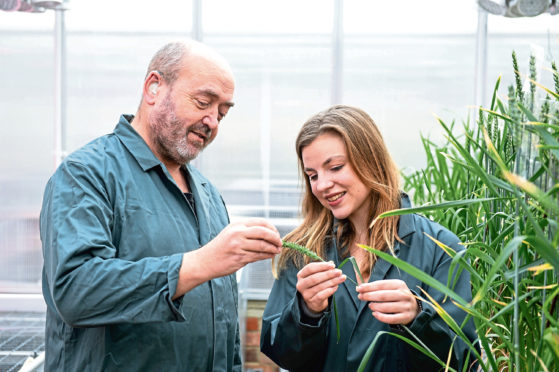Scientists at Rothamsted Research are preparing an application to run field trials of a new genome edited wheat which could reduce a cancer-causing compound commonly found in toast.
If the UK Government grants permission, it would be the first such trial of genome edited wheat to be carried out anywhere in Europe.
The application for field trials will be controversial and will coincide with the current UK Government consultation on gene editing and genetic modification which was announced by Environment Secretary George Eustice in January.
Researchers say the new wheat is less likely to produce a compound called acrylamid which forms during bread making and which is increased when the bread is toasted.
The project leader, Professor Nige Halford said acrylamide has been a serious problem for food manufacturers since it was discovered in food in 2002.
“It causes cancer in rodents and is considered ‘probably carcinogenic’ for humans,” he said.
“It doesn’t just occur in toast and other wheat products, but many other foods that are fried, baked, roasted or toasted, including crisps and other snacks, chips, roast potatoes and coffee.”
The wheat is still at an experimental stage, and Professor Halford emphasised the need for larger-scale trials.
“It is essential that we test the wheat in field trials to see how it performs, not only in terms of asparagine concentration but also yield, protein content and other quality and agronomic traits,” he said.
“If it comes through the field trial well it could be made available to wheat breeders. Even so, it would be another 5-10 years before very low asparagine wheat could appear on the market, and that would only be if the regulatory framework were conducive”.
Researcher Sarah Raffin explained that gene editing had been used to reduce the amount of the amino acid, asparagine, in the grain.
She added: “It’s the asparagine that is converted to acrylamide during baking and toasting, so a low asparagine wheat should lead to lower levels of acrylamide, which is good news for anyone who likes their toast well done.”
Scientists have already developed at several methods of reducing acrylamide in food, but according to Professor Halford they have not been applicable to all food types and are often expensive to implement and can have detrimental effects on product quality.










